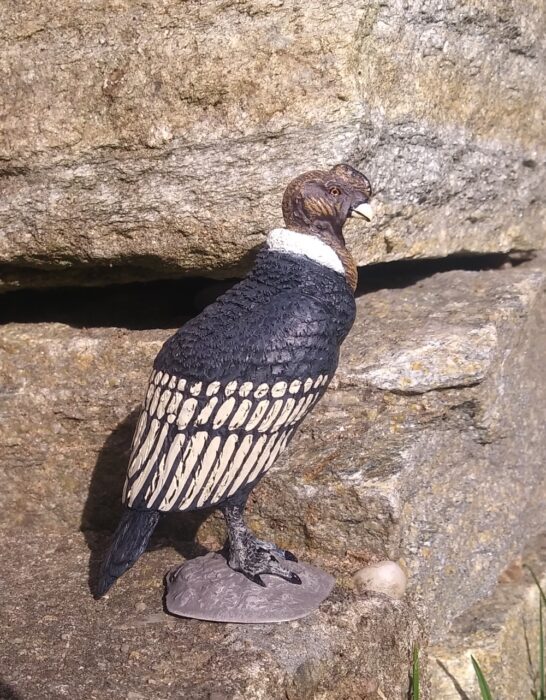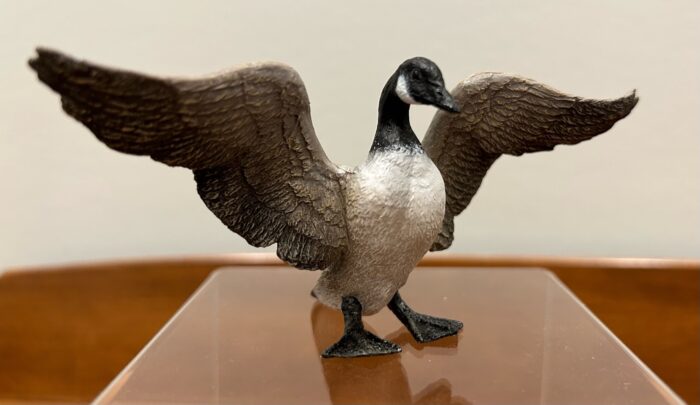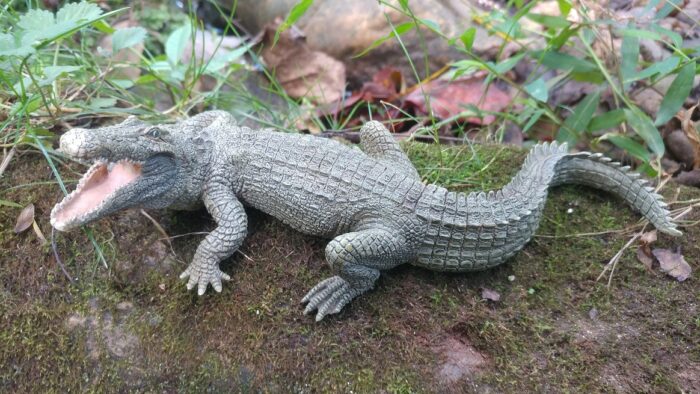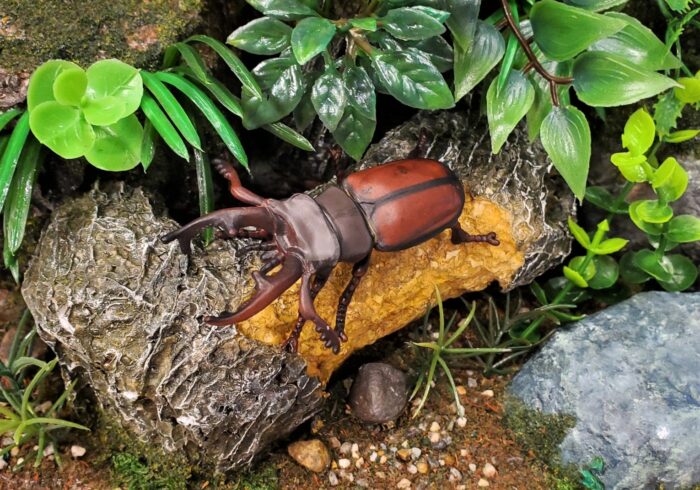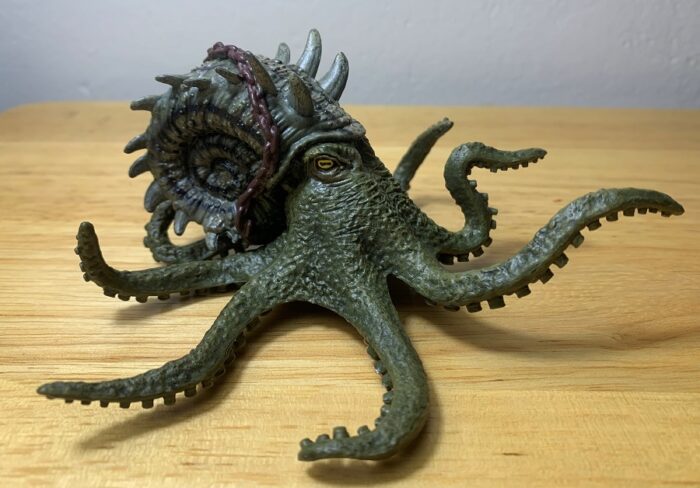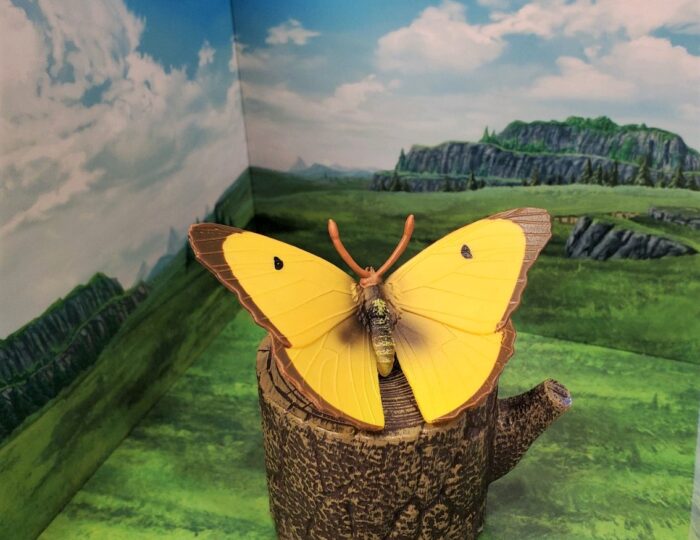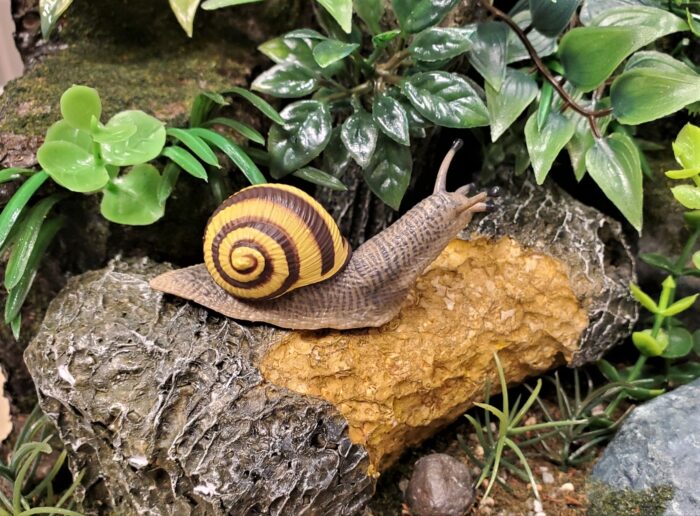Review and images by Lanthanotus; edited by bmathison1972
When I was a child of eight or nine my dad gave us cassettes with audio plays once in a while which he brought from the big city where he worked. One of these plays was The Children of Captain Grant (or In Search of the Castaways) by Jules Verne.

